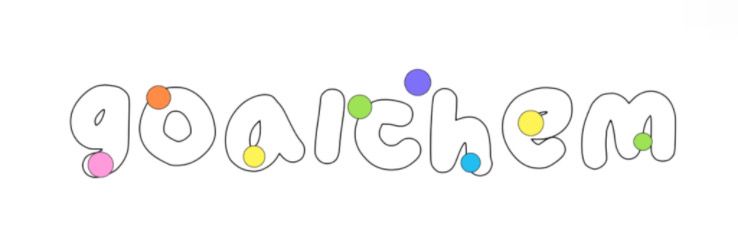10 Questions You Should Know About High Purity n,n’-Dimethyl Urea
High purity n,n'-Dimethyl Urea (DMU) is an important compound in various industrial and pharmaceutical applications. Yet, many may not be familiar with its properties and uses. In this article, we will answer ten key questions about high purity n,n'-Dimethyl Urea to help you better understand this chemical compound.
1. What is High Purity n,n'-Dimethyl Urea?
High purity n,n'-Dimethyl Urea is a colorless, odorless crystalline compound characterized by its high melting point and excellent solubility in water and organic solvents. It is primarily used in industrial applications, such as fertilizers, adhesives, and pharmaceuticals.
2. What are the main applications of n,n'-Dimethyl Urea?
Some of the key applications include:
- Fertilizers: It acts as a nitrogen source, enhancing plant growth.
- Pharmaceuticals: Utilized in various formulations due to its stabilizing properties.
- Adhesives: Commonly used in the production of wood glue and other bonding agents.
3. How is High Purity n,n'-Dimethyl Urea produced?
The production of high purity n,n'-Dimethyl Urea typically involves the reaction of dimethylamine and carbon dioxide under controlled conditions. This process ensures minimal impurities, leading to a high purity product essential for sensitive applications.
4. What are the safety considerations when handling n,n'-Dimethyl Urea?
While n,n'-Dimethyl Urea is generally regarded as safe, appropriate safety measures should always be followed, including:
- Wearing protective gear like gloves and goggles.
- Ensuring proper ventilation in work areas.
- Following Material Safety Data Sheet (MSDS) guidelines for handling.
5. What are the environmental impacts of n,n'-Dimethyl Urea?
In regulated amounts, n,n'-Dimethyl Urea has minimal environmental impact. However, excessive use in agriculture may lead to soil and water contamination, which necessitates monitoring and regulation.
6. Is n,n'-Dimethyl Urea biodegradable?
No, high purity n,n'-Dimethyl Urea is not readily biodegradable, which raises concerns over its long-term environmental persistence. Responsible usage and disposal are vital.
7. How does high purity n,n'-Dimethyl Urea compare to other urea derivatives?
High purity n,n'-Dimethyl Urea distinguishes itself by offering superior solubility and stability compared to traditional urea compounds, making it more suitable for specialized applications.
8. What regulatory approvals does n,n'-Dimethyl Urea require?
n,n'-Dimethyl Urea is subject to various regulatory approvals depending on its application and geographic location. Manufacturers must comply with guidelines from agencies such as the EPA and FDA in the U.S.
9. Where can you source high purity n,n'-Dimethyl Urea?
High purity n,n'-Dimethyl Urea can be sourced from chemical supply companies and specialized manufacturers. Ensure to obtain it from reputable suppliers to guarantee product quality.
10. What future trends are expected in the use of n,n'-Dimethyl Urea?
With advancements in agricultural techniques and pharmaceutical developments, the demand for high purity n,n'-Dimethyl Urea is expected to grow. Researchers are investigating its applicability in new fields, including biotechnology and sustainable agriculture.
In conclusion, understanding n,n'-Dimethyl Urea's characteristics, applications, and safety considerations is crucial for industries reliant on this compound. By leveraging this knowledge, stakeholders can make informed decisions regarding its use.
For more insights and the latest research on n,n'-Dimethyl Urea, be sure to share this article with your peers and engage with experts in your community.
Are you interested in learning more about high purity n,n’-dimethyl urea, 1,3-dimethylurea, 1,3-dimethylurea application? Contact us today to secure an expert consultation!

